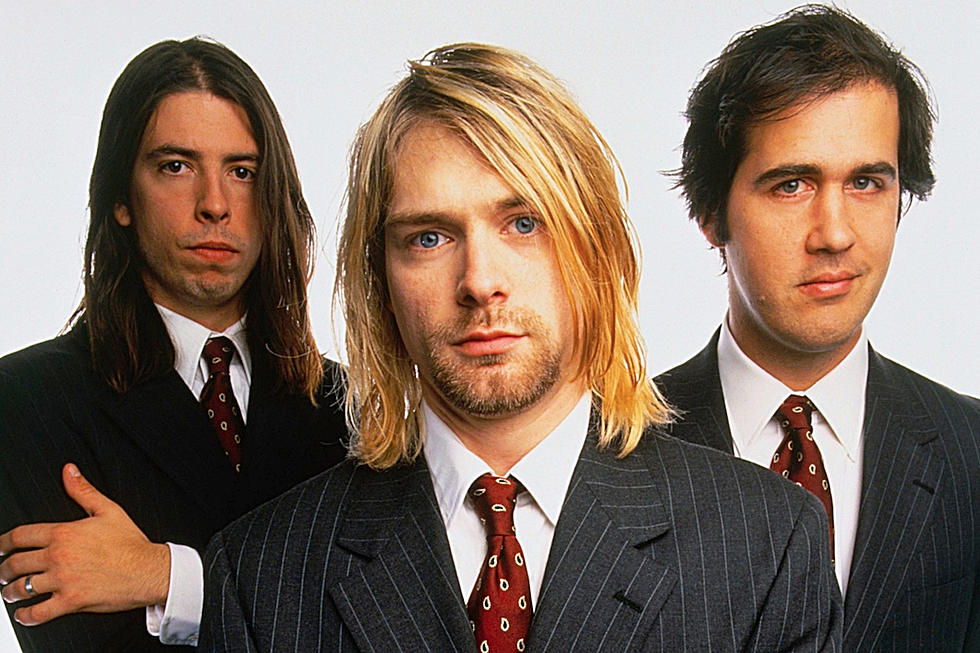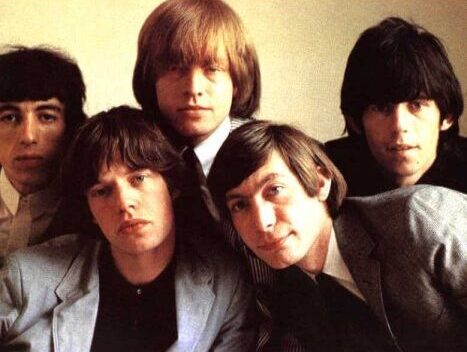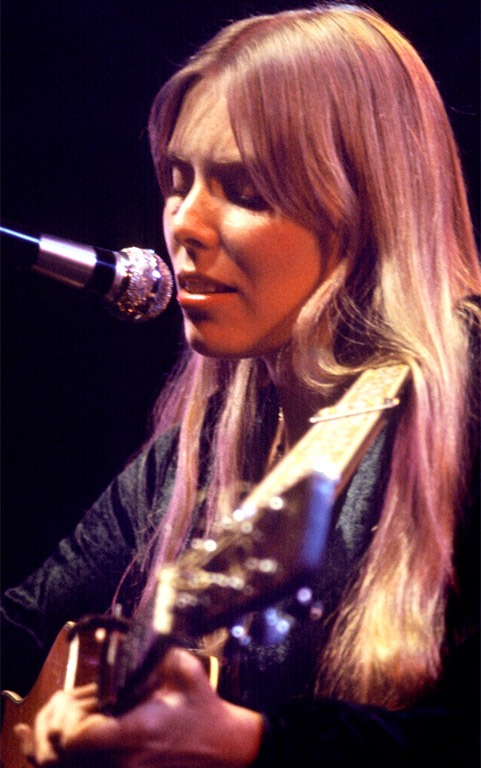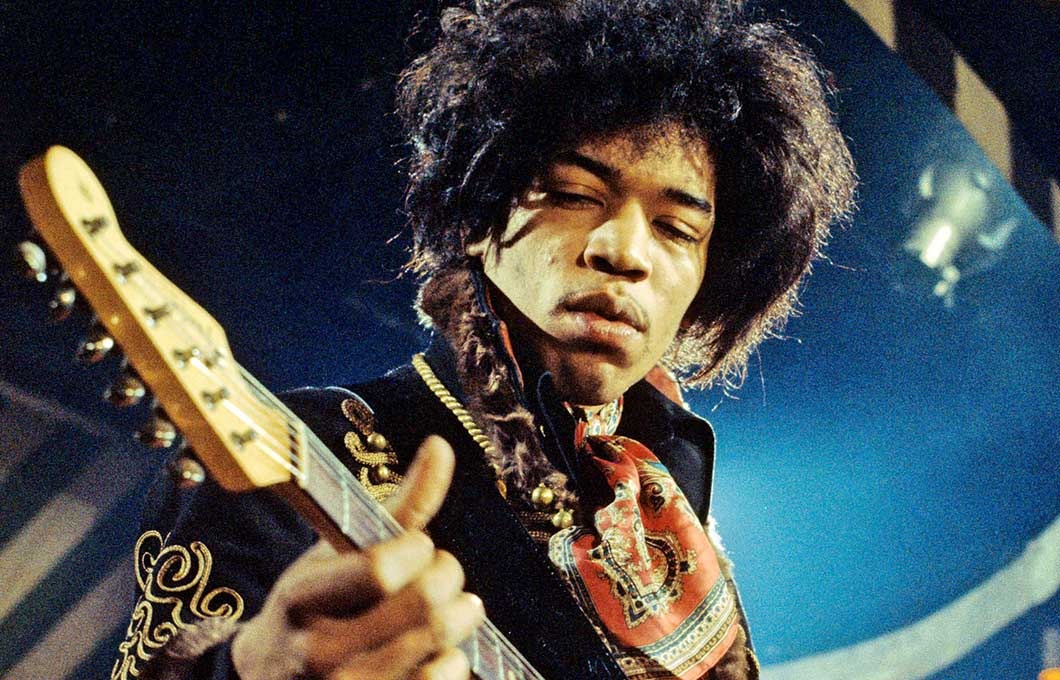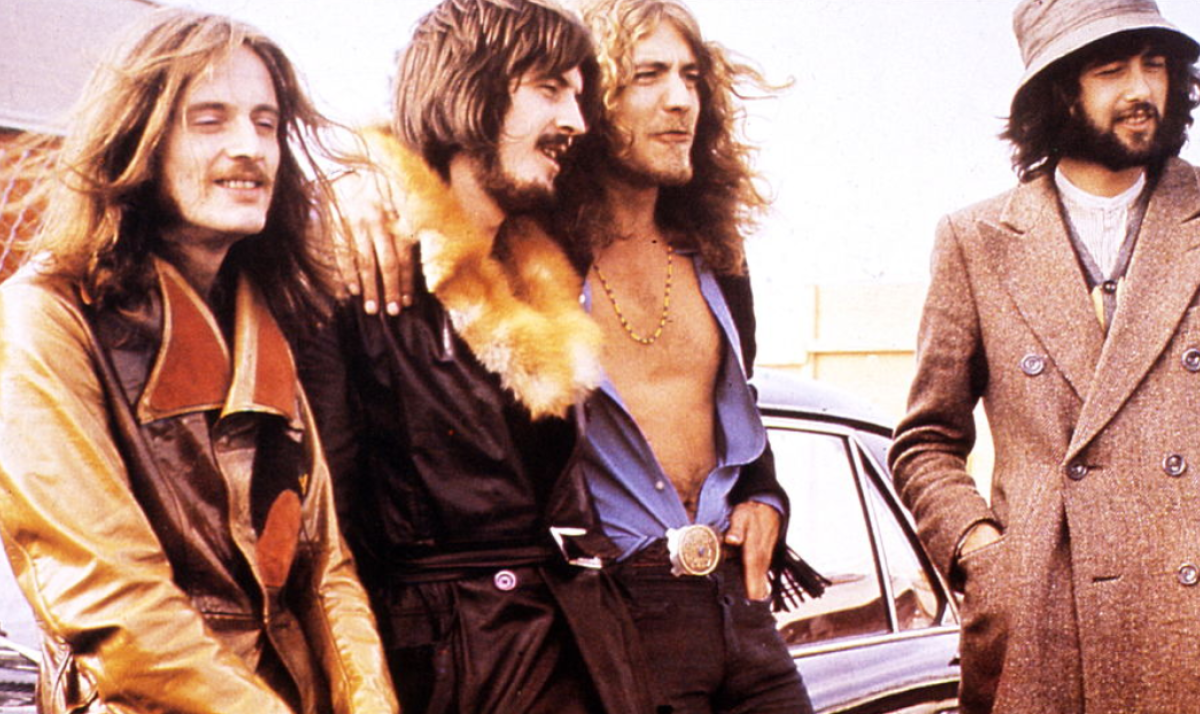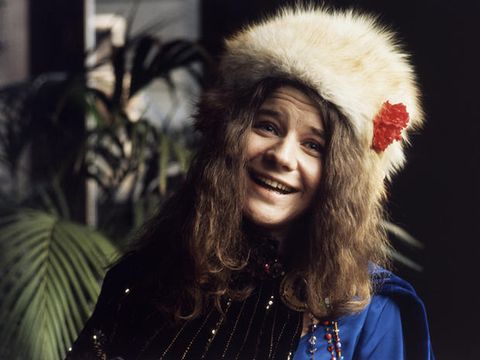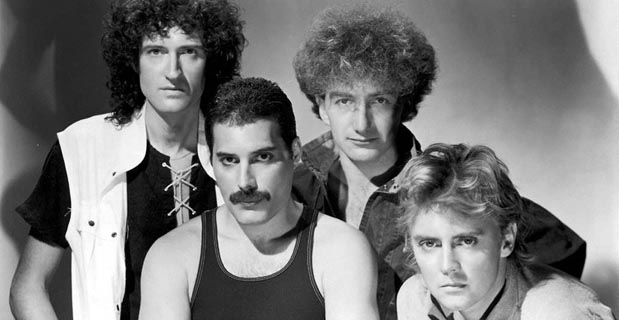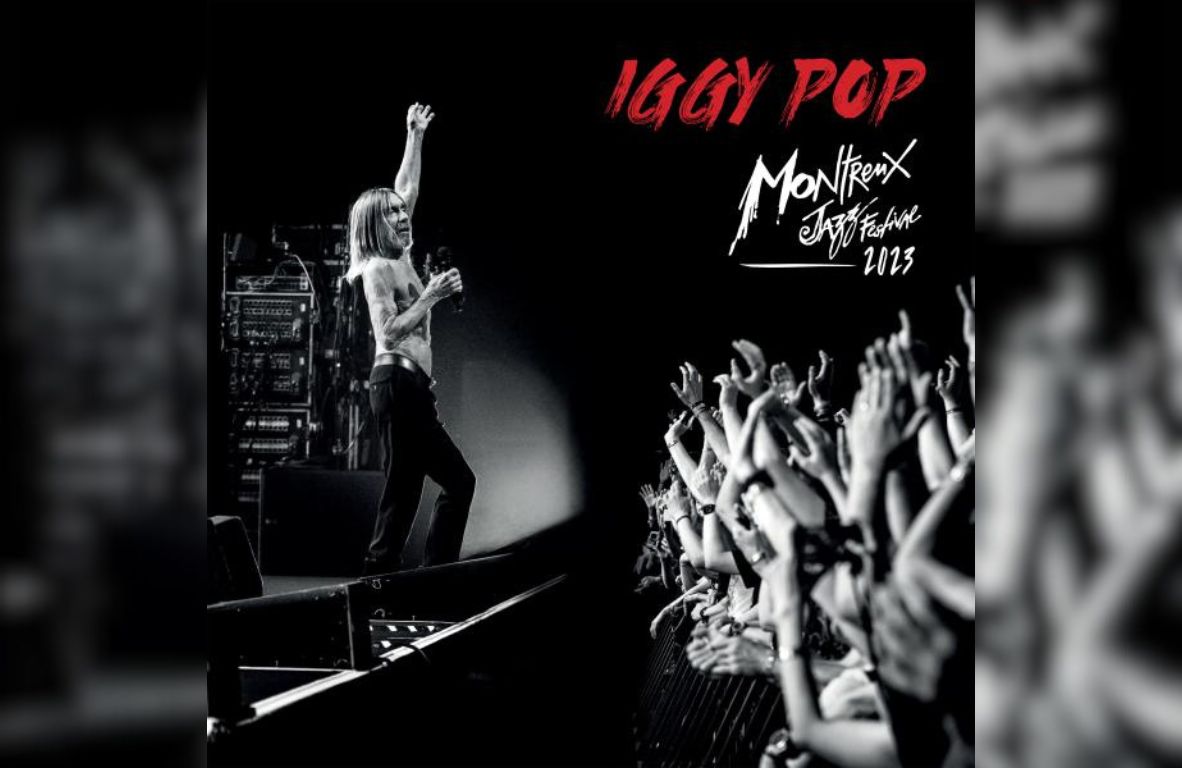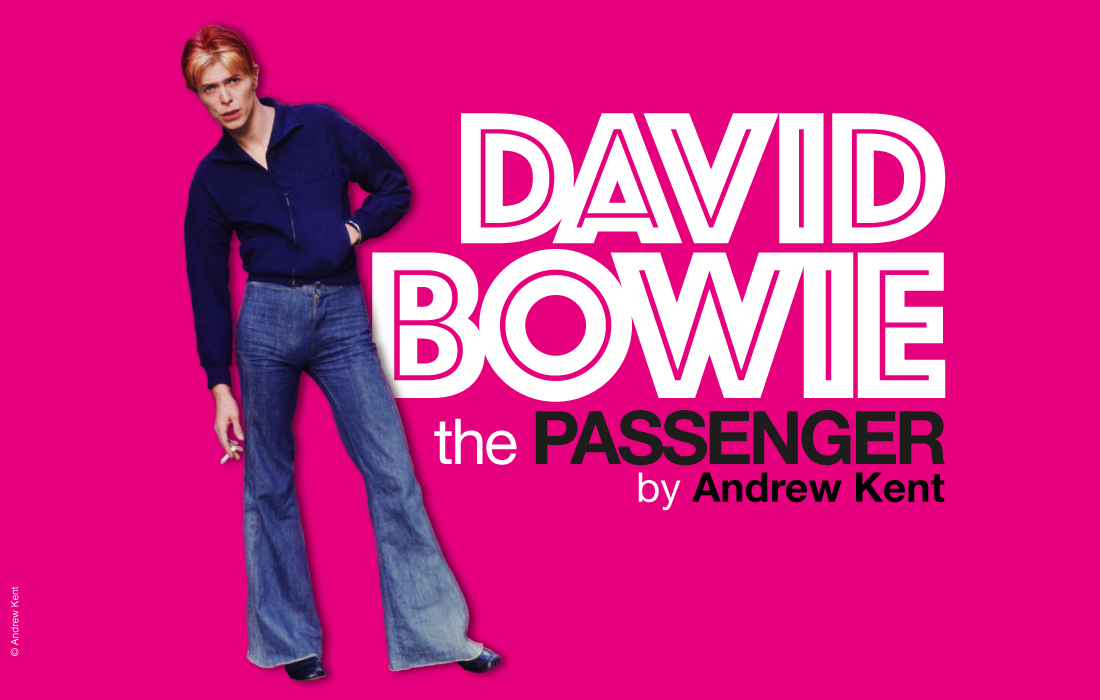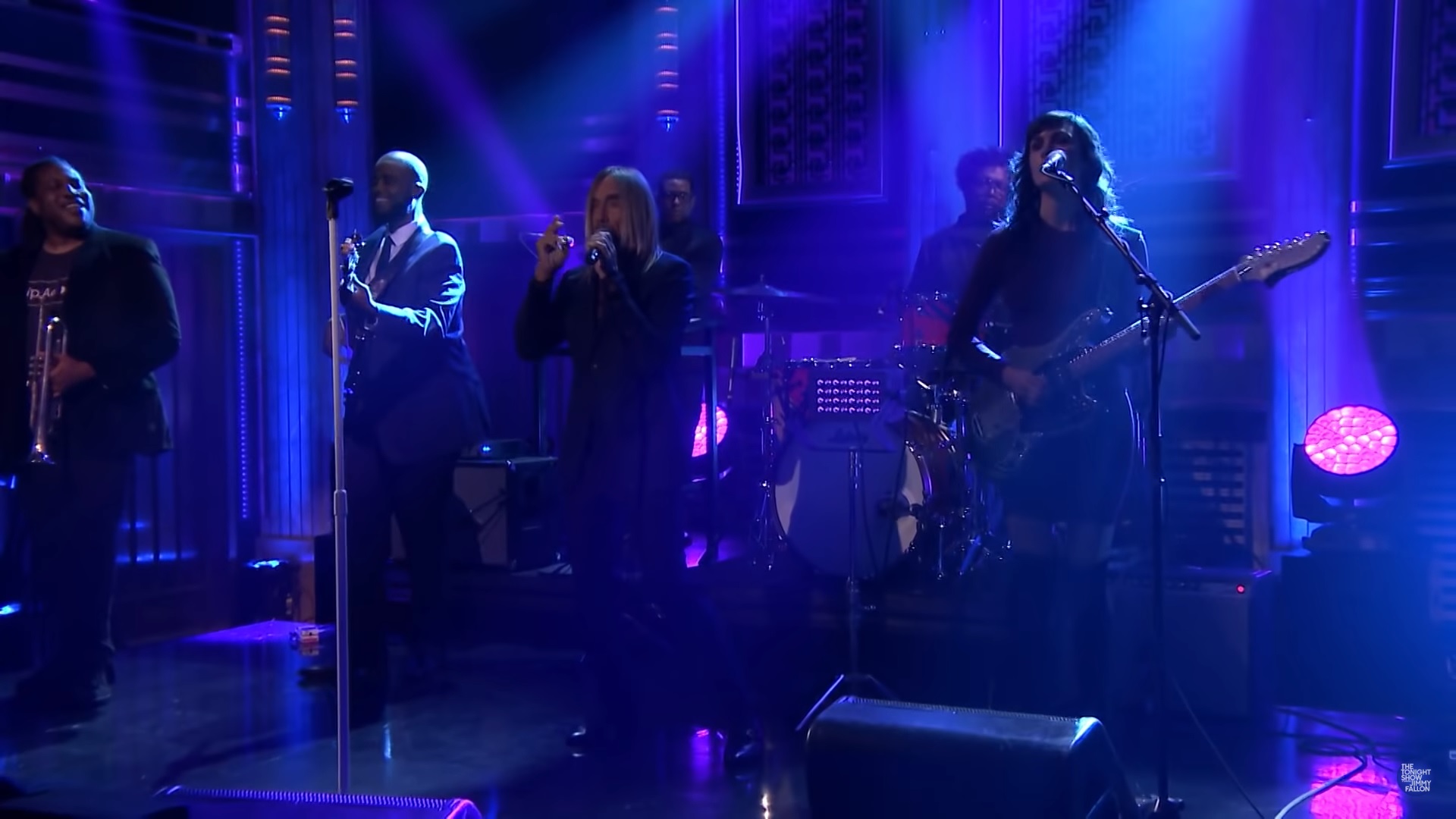Iggy Pop says that there are «powerful waves of negativity» in his playing. Not bad for the former vice president of Sony Electronics.
James Williamson isn’t your average rocker. In 1973 he played on the garage rock milestone Raw Power. Forty years later, he’s the driving force behind Iggy & The Stooges new album Ready To Die.
Here’s what he said to about the new album, being on stage with The Stooges and Raw Power. You can read a ten-page spread on Ready To Die in the May issue of JAM magazine.
Congratulations for the new album. Did you Stooges discussed about how was it going to sound like? Did you know what you wanted since the beginning?
«Well, yes and no. Of course with this being the 40th anniversary of the release of Raw Power, we were keenly aware that this album would be compared to our previous work up until the present. However, we were also well aware that that was then and this is now. You can’t go back, you can’t write in the rearviewmirror and pretending to be anything other than what you are now while writing is a pretentious trap that we didn’t want to fall into. So, we made a conscious decision to simply write what we felt like writing and see what came out of it, what we liked and what we didn’t. In the end, we worked up full studio versions of around 15 songs and kept 10 for the album with a couple of bonus cuts and a couple of other that didn’t fit in the context of the album, but may be re-purposed later. The main thing is that this album is fresh and topical covering current issues such as gun control, immigration, sex, money… stuff like that. It also sounds like us, the Stooges, and that was most important of all. The Stooges with a couple of nuances not heard on our albums before».
Did you continue to play guitar after leaving Iggy & The Stooges? Did you have to re-learn to play? Was it hard?
«I hadn’t played guitar in 30 some odd years when about 1.5 years before I re-joined the Stooges, I came across a very old amazing sounding small acoustic guitar at a flea market. The guy selling it didn’t know what it was (and neither did I) so I got it cheap. Once home I found out it was made by a very famous luthier from the 1920s named Hermann Weissenborn… and was quite rare… Anyway, that guitar inspired me to start playing a little at home, albeit acoustic style. When I re-joined the Stooges in 2009 I had the luxury of having six months between when I accepted and when our first show was. As to how hard it was, I think that if you ever could play to begin with, you still have all the synapses and muscle memory, so you can re-learn fairly quickly».
Iggy says that there are «powerful waves of negativity» in your playing. Would you comment on this?
«Well, there are lots of things that Iggy says that I don’t understand or which need to be taken in context in order to understand. I like to think of my playing as a positive force, but I would guess that he’s kinda saying that my playing is “bad ass” and so in that context I’ll take it as a compliment».
What’s your opinion on Raw Power now, forty years later?
«Great piece of work, especially considering it was my first album. Somewhat flawed technically, but nothing has ever sounded like it before or sense. Historically, very significant».
Raw Power is regarded as a garage rock milestone and a punk-rock forerunner. And your guitar playing is important in that. What do you think?
«Well, I’d have to agree since practically all you hear on that record are guitars and vocals…the bass and drums were so far back in the mix . Of course this was due to flaws in the recording process, but none to less it sure made me sound great».
Do you remember the audience reaction, back in the days?
«It would very from excitement (especially with interaction of Iggy into the audience) to revolt, to horror to hostility. We got it all… except the success».








